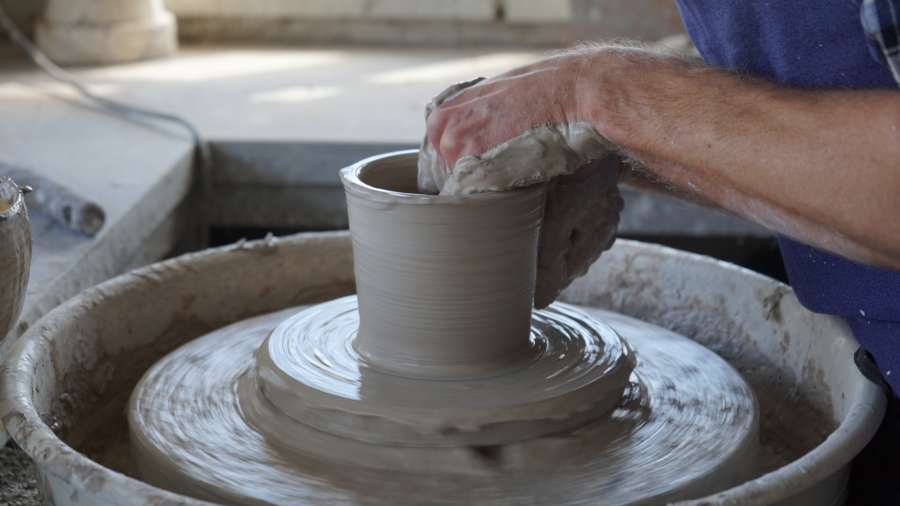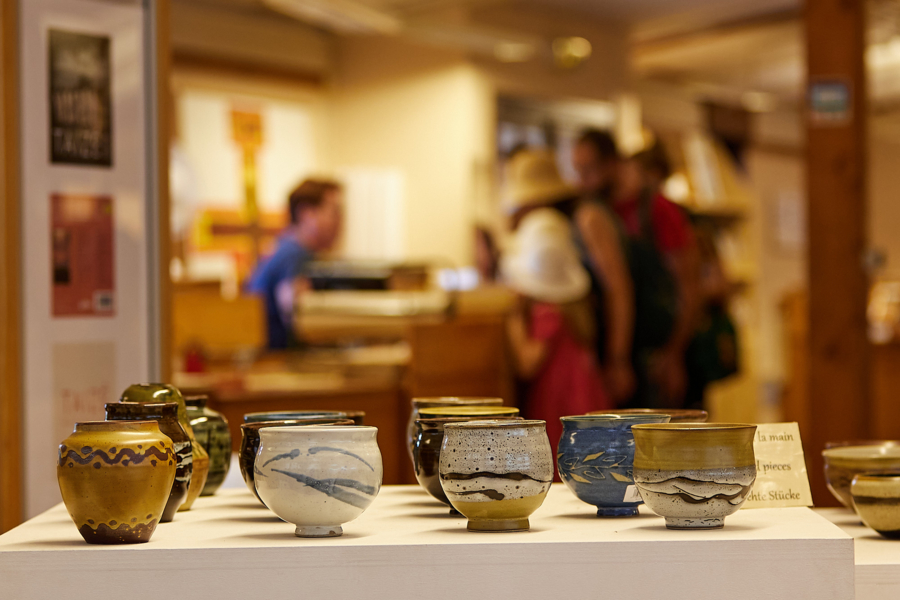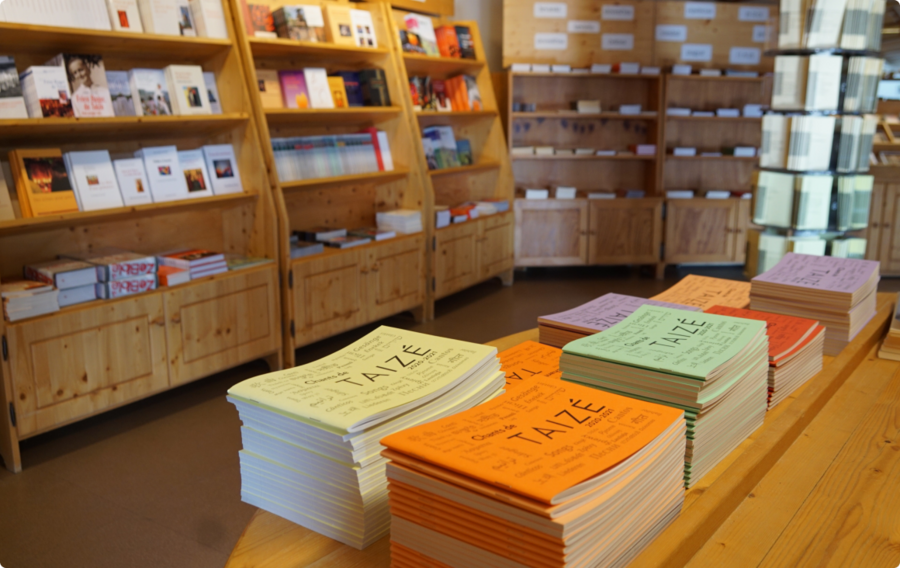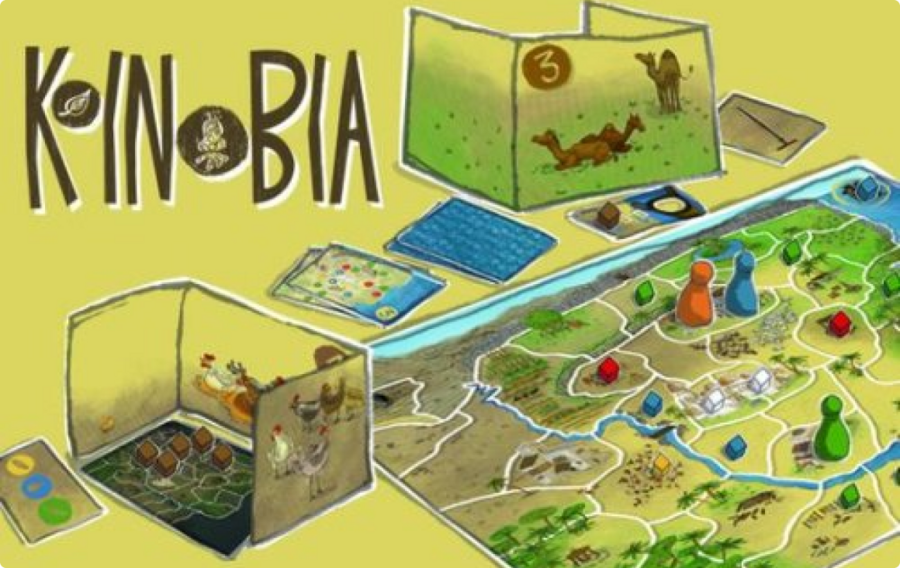During the past 18 months, our Taizé Community has been on an adventure of faith. We were preparing a “Gathering of the People of God” called “Together” [1] with partners from movements, communities and organisations from many Christian Churches..
LINK WEBSHOP
The brothers’ work
The Pottery
The ceramics adventure began in the winter of 1949, with the
establishment of a workshop at Taizé focused on hand casting and the
production of glazes (particularly those made from plant ash). Simple
mechanization was soon introduced: hand gluing. As the number of
brothers has increased, they have continued to live from their work.
The objects produced are everyday items— plates,
bowls, and cups.
The workshop has been expanded several times over the years.
Wood-fired kilns were replaced by gas kilns, then by programmable gas
kilns. Various sorting machines, of varying degrees of efficiency,
were introduced into the pottery. In addition to making pottery, the
workshops are also a place where new brothers experience community
life.
Read more about
The Pottery
The brothers’ work
Enamels
The idea of organizing a copper enamel workshop in Taizé has at
least two origins. One of our older brothers who was gifted in the
arts created pendants using the technique of copper enameling. But
these were one-of-a-kind pieces, always original in their form. It
was the father of one of the brothers in the community, who made
decorative enamel pieces, who encouraged us to start a small-scale
workshop to produce this type of piece.Accordingly, two brothers went to see him for a
few days to receive training. This training consisted of learning how
to order enamels and copper pieces, mastering the techniques of
applying enamel, as well as firing and finishing the fired pieces.
From the very beginning, art and creativity have played a fundamental role in the community. Whether because of their training prior to entering the community or their personal background, some brothers have developed a personal artistic practice.This practice takes many different forms, but generally involves small- or medium-sized two-dimensional visual works on paper, cardboard, or canvas. The brothers make use of various painting and drawing techniques, but they also create collages with different materials and graphic works.
The brothers’ work
The Songs
Inspired by ancient canons such as Michael Praetorius' Jubilate Deo,
in the 1970s the brothers of the Taizé Community sought to develop a
style of sung prayer compatible with the international gatherings of
young people at Taizé. Initially, until the 1990s, the songs were
composed by Jacques Berthier and Joseph Gelineau, two renowned church
musicians, in collaboration with the Taizé brothers. Today, it is
the brothers themselves who continue to enrich the repertoire of
Taizé songs.
The work of publication involves editing the vocal scores, sometimes
in several languages, as well as editing the corresponding scores for
solo parts and instrumental accompaniment.
Read more about
The Songs
Since the community’s beginnings, some of the brothers have sought
to express in writing the call to which they have responded. Brother
Roger published his first booklet in 1941, expressing his vision for
the community as he saw it at the time. Since then, the brothers have
continued to publish the fruits of their reflections. The community
had its own printing press from 1958 to 2010; Les Presses de Taizé
continues to publish books written by the brothers, but now the
printing is done outside.Some of these books resemble the biblical
introductions given day after day at Taizé: their purpose is to help
readers—especially young people—gain a deeper understanding of
the message of the Bible and relate it to their own lives. Others
offer theological or spiritual reflections related to the vocation of
Taizé or the life of prayer. Over the years, brothers have also
written poetry, children's books, and translations of spiritual works
from the ancient monastic tradition. Les Presses de Taizé also
publishes several songbooks, with solo verses in different languages
and accompaniments for various instruments.
The brothers’ work
Board games
During the Covid-19 pandemic and the suspension of visits to Taizé,
we had to imagine new products for the workshops. At that time,
several brothers liked to play board games together, and some even
had an extensive experience with this.
So the game Kellia was gradually developed in 2021, then Koinobia in
2023-2024. Each time, we sought to create a high-quality game with
well-thought-out mechanics, where the themes were closely related to
our community life and the history which inspired them was respected.
Read more about
Board games





